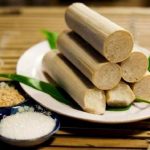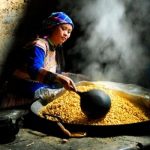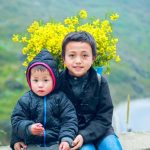Discover 12 Best Photo Spots on the Ha Giang Loop – With Map & 15+ Photography Tips
By Thuy Linh
Post Views: 37
Ha Giang – the land where majestic limestone mountains rise amidst the clouds, terraced rice fields stretch like waves of golden grain, and rustic villages reflect the rich culture of Vietnam’s ethnic minorities. This is a place where any photography enthusiast would dream to visit at least once to capture the most memorable moments of a lifetime.
Here, you will witness some of the most spectacular mountainous landscapes that only Ha Giang can offer.
This article not only lists the 12 most stunning photography spots on the Ha Giang Loop, but also provides map coordinates, the best times to shoot, safe drone tips, and more than 15 secrets to help you capture vibrant, quintessential Ha Giang photos.

Why is Ha Giang a Paradise for Photographers?
Ha Giang – the northernmost land of Vietnam – stands out with:
Pristine landscapes: With towering mountains and ancient trees, the scenery retains its wild, untouched beauty while preserving its unique essence.
Unique cultural colors: Home to many ethnic groups such as the H’Mong, Tay, Dao… each with their own traditions, adding a rich tapestry of culture to the mountainous land.
- Majestic scenery: From the moment you arrive at Vietnam’s northernmost point, you are greeted by towering peaks. As you travel farther, from Ma Pi Leng Pass to the Nho Que River, you will experience a diverse visual feast that lingers in your memory.
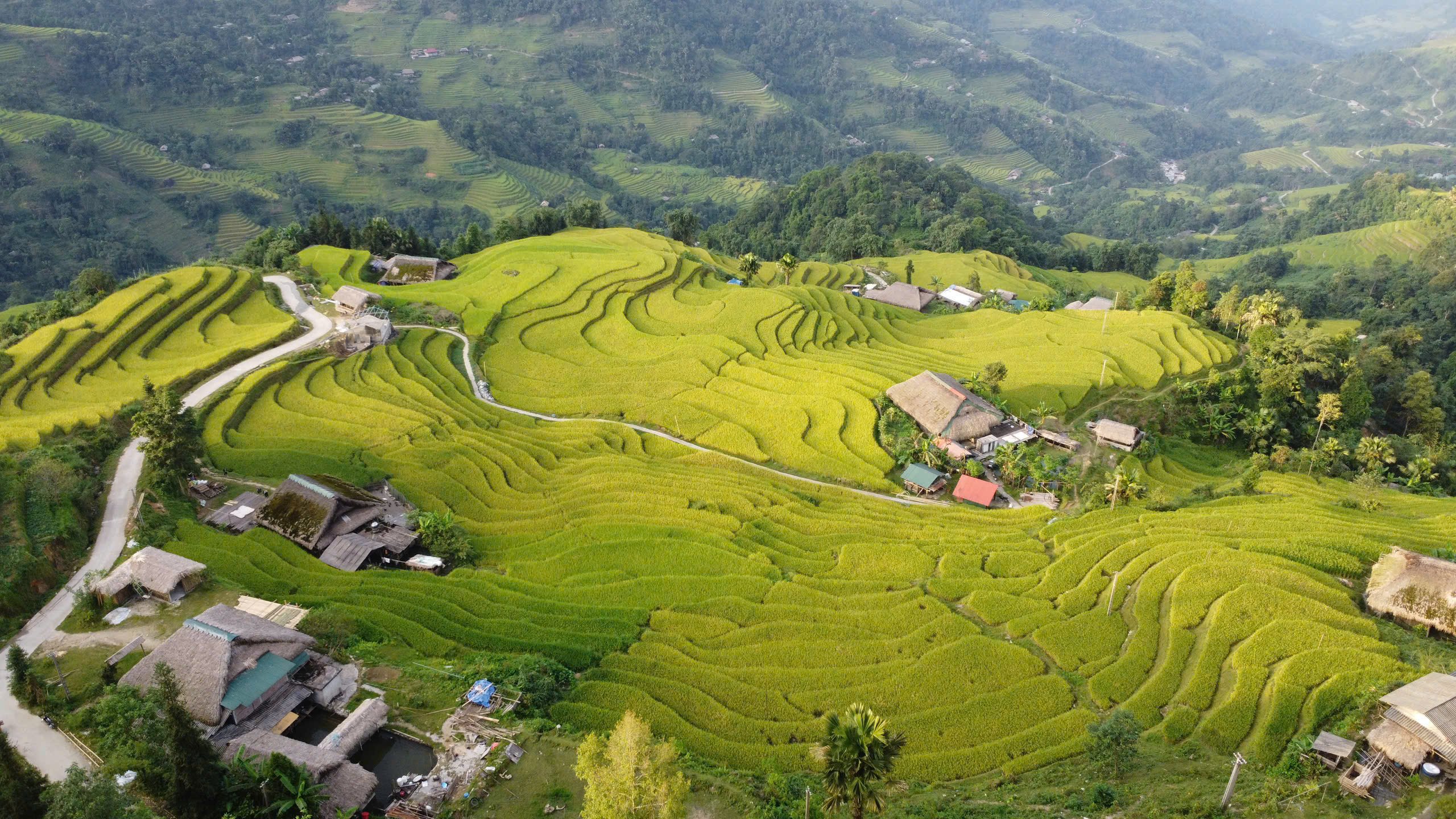
Best Time to Visit Ha Giang for Stunning Photos
February–April (Spring): Witness peach, plum, and yellow mustard flowers blooming along village paths, creating a magical and picturesque spring painting.
May–June: The water-pouring season on terraced fields reflects the sky with warm sunlight, fiery sunsets, and drifting white clouds over mountain tops – all merging with the water to create mesmerizing scenery.
September–October: Golden rice season – enjoy the most poetic view of Vietnam’s rice terraces with heavy, fragrant grains painting the horizon gold. This is also the perfect time for terrace photography.
October–November: Congratulations if you visit during this period – this is when Ha Giang is at its finest! Endless fields of pink buckwheat flowers bloom, making it the symbolic image of the region.
December–January: Cold atmosphere, morning fog, and misty mountains.

Top 12 Best Photography Spots on the Ha Giang Loop
1. Quan Ba Heaven’s Gate & Twin Mountains
Best time: Late afternoon when sunlight slants across the valley.
Tip: Use a wide-angle lens or drone to capture the twin mountains and the Quan Ba valley.
This area features breathtaking terrain, creating a heavenly gateway-like scene, so capture the entire panorama and include a touch of sunlight to enhance the “paradise” feeling!
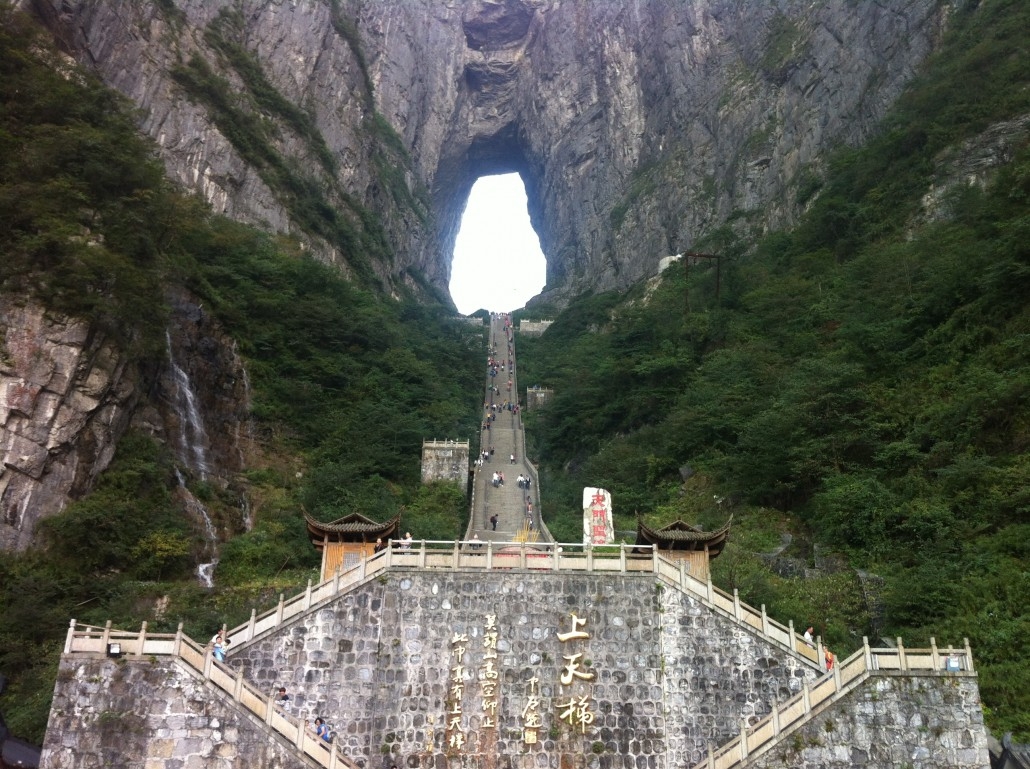
2. Tham Ma Pass
Best time: Morning with few vehicles and fresh light.
Drone tip: Fly above 100 m to capture the signature Z-shaped curve.
The terrain here is extremely winding with sharp hairpin bends. For stunning photos, use a drone to cover the entire road and remember to capture the mountains and yourself as well!

3. Lung Cu Flag Tower
Best time: Early afternoon when the sky is clear.
Note: This area is near the border; do not fly your drone beyond permitted zones.
This is the northernmost point of Vietnam and a sacred site. To photograph the entire flag tower, you’ll need a drone, but be cautious near the border.
Also, don’t forget to check in and share your patriotic moment!
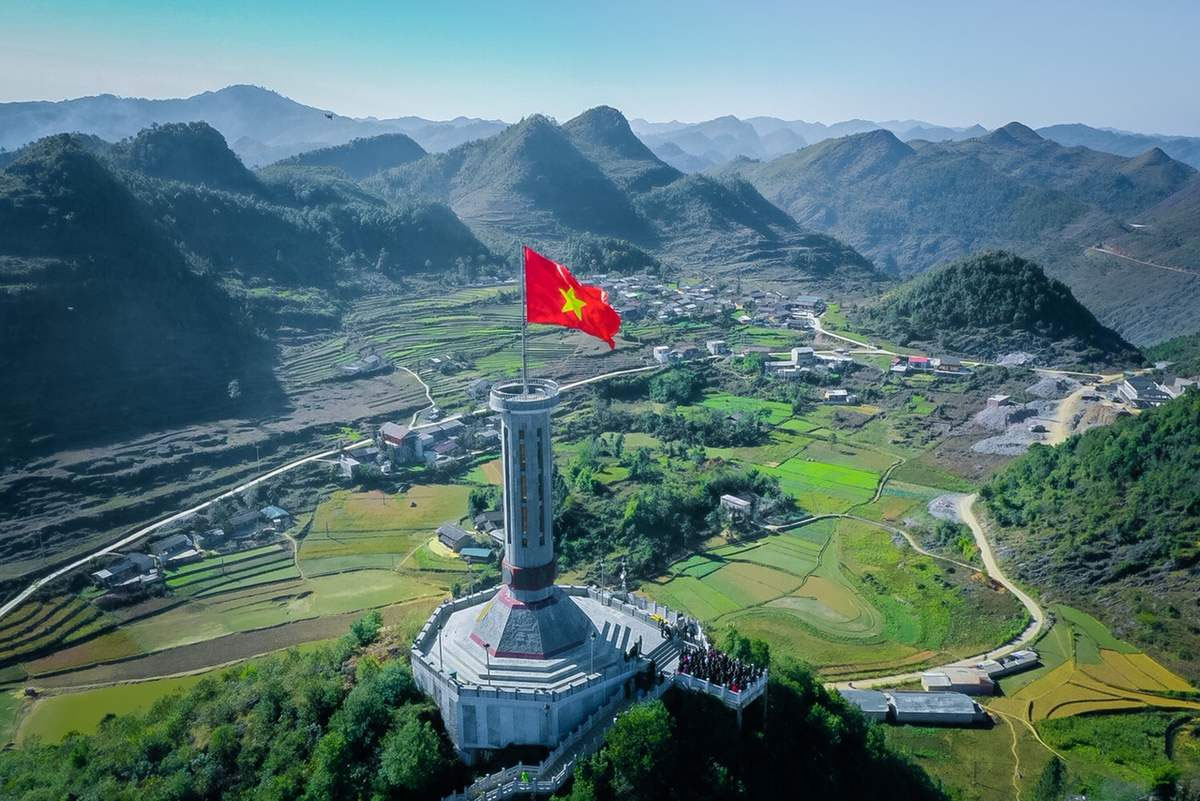
4. Ma Pi Leng Pass & Skywalk
Best time: Sunrise or early morning when clouds drift around the mountains.
Tip: Walk along the Skywalk for the best view of the winding Nho Que River.
One of the most dangerous yet iconic routes of Ha Giang, perfect for unique shots of the road and surrounding mountains.

5. Nho Que River Boat Ride
Best time: Early morning with calm water and fewer boats.
Tip: Stand at the boat’s bow and shoot from a low angle to lead the viewer’s eye along the river.
This is a must-visit in Ha Giang, one of the most beautiful rivers in Vietnam surrounded by lush green mountains. A paradise for professional photographers seeking landscape perfection.
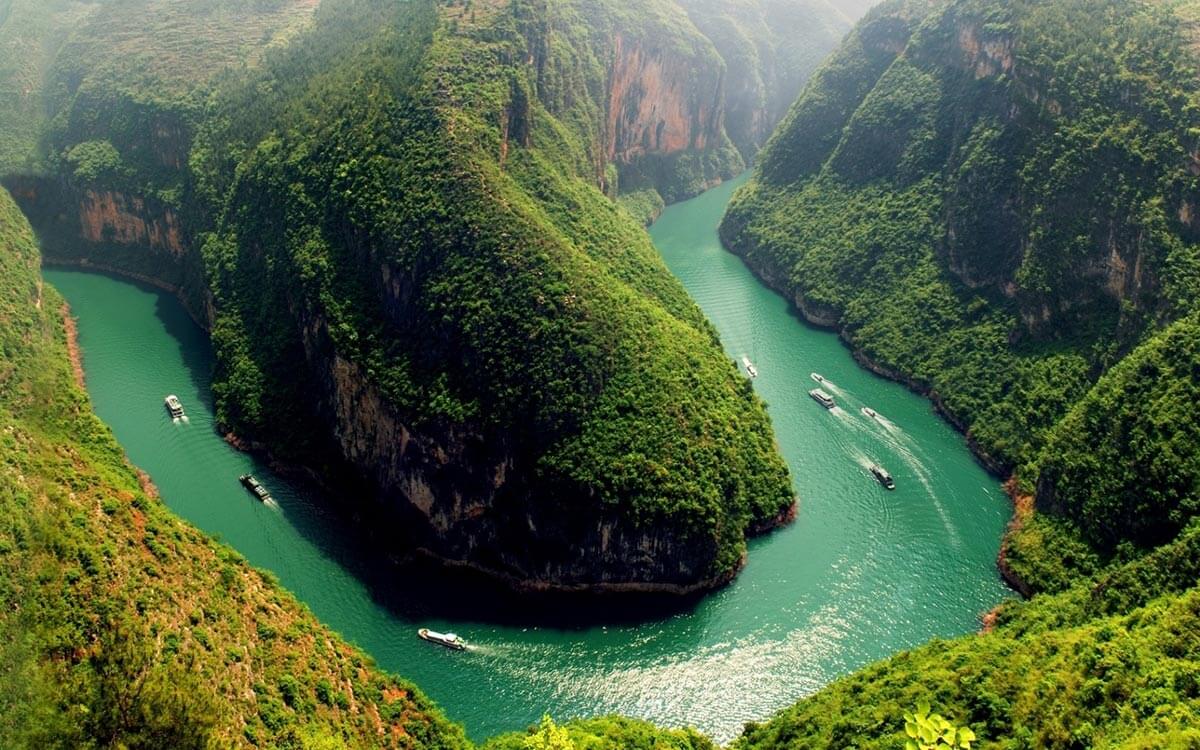
6. Buckwheat Flower Fields (October–November)
Tip: Shoot from a low angle with blurred flowers in the foreground and sharp mountains in the distance.
A beautiful symbol of Ha Giang during the chilly winter days, with endless pinkish fields stretching to the horizon or blooming on terraced hillsides.
You can sip a cup of coffee while admiring the flowers and enjoying the signature “Ha Giang chill.”
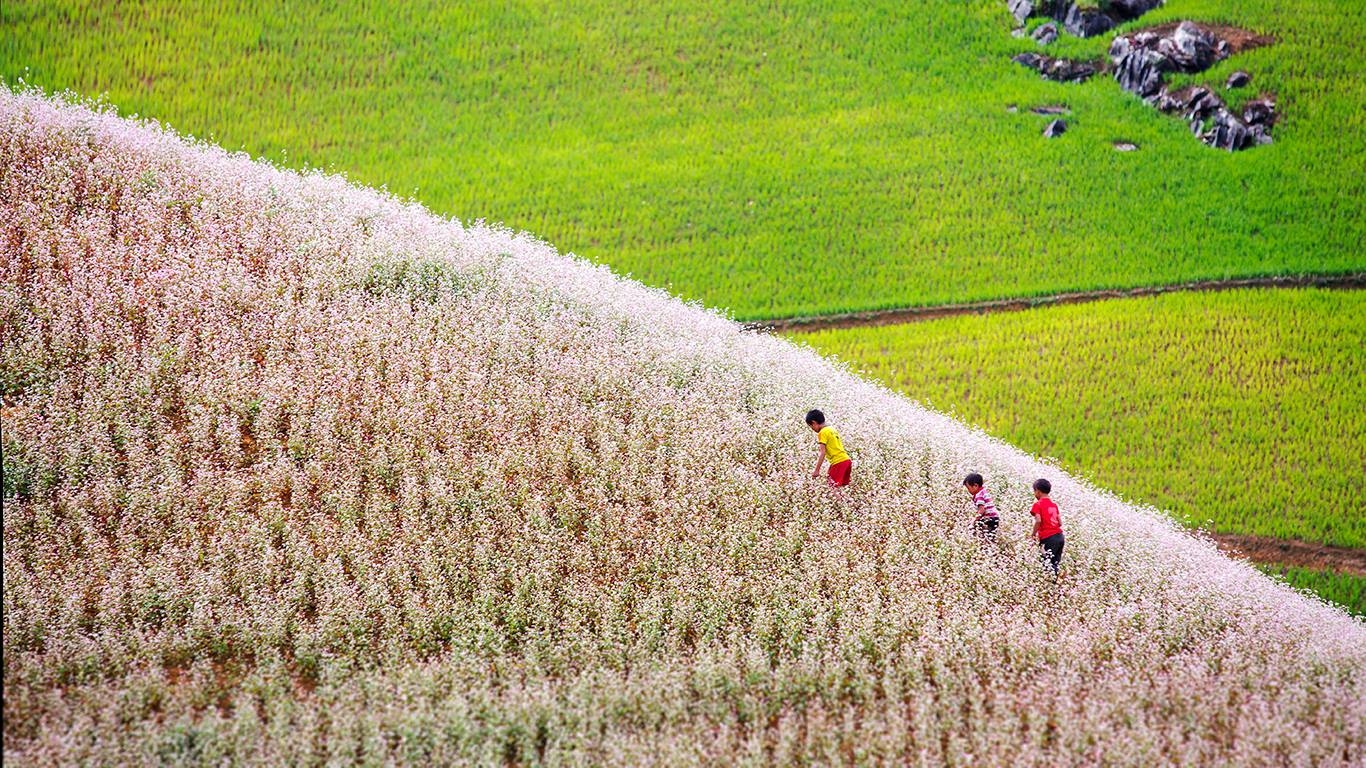
7. Du Gia Village & Waterfall
Best time: Late afternoon with golden soft light.
Tip: Use a slow shutter (1/4–1/8s) to create silky water effects.
A perfect check-in location featuring an ancient village and a mesmerizing waterfall.
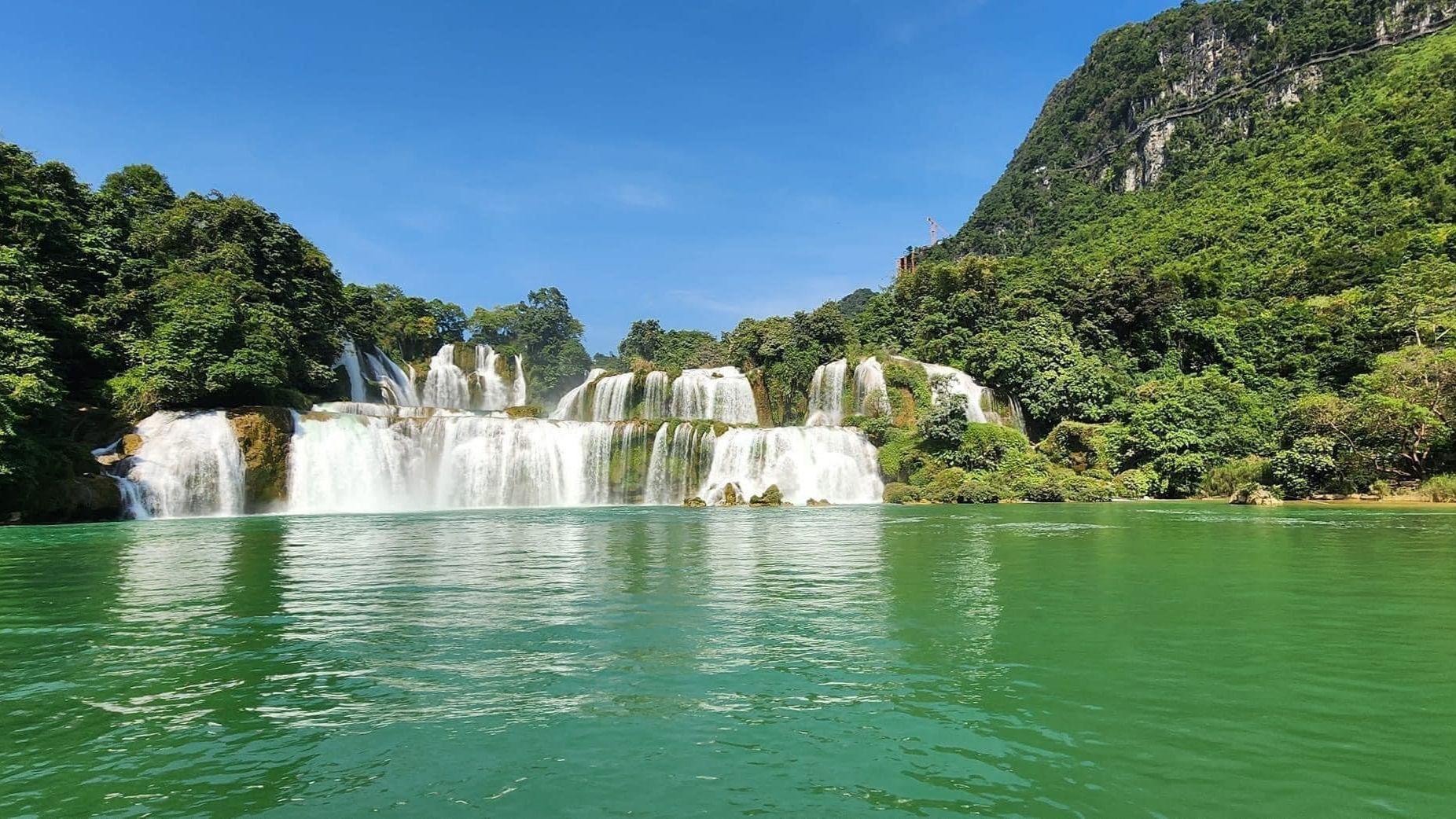
8. Dong Van Karst Plateau
Best time: Sunset with golden light over limestone pinnacles.
Tip: Use trees, wooden frames, or stone fences as foreground elements.
Recognized by UNESCO as a Global Geopark, this destination alone will help you appreciate nature’s grandeur.
With massive limestone formations dominating the scene, it offers an experience unlike any other.

9. Dong Van & Meo Vac Local Markets
Best time: Early morning before 9 AM.
Tip: Always ask permission before photographing locals, especially the elderly and children.
Traditional ethnic markets reflect the cultural essence of the highland people.
Selling unique handmade textiles and local goods – perfect as souvenirs or gifts for friends back home.
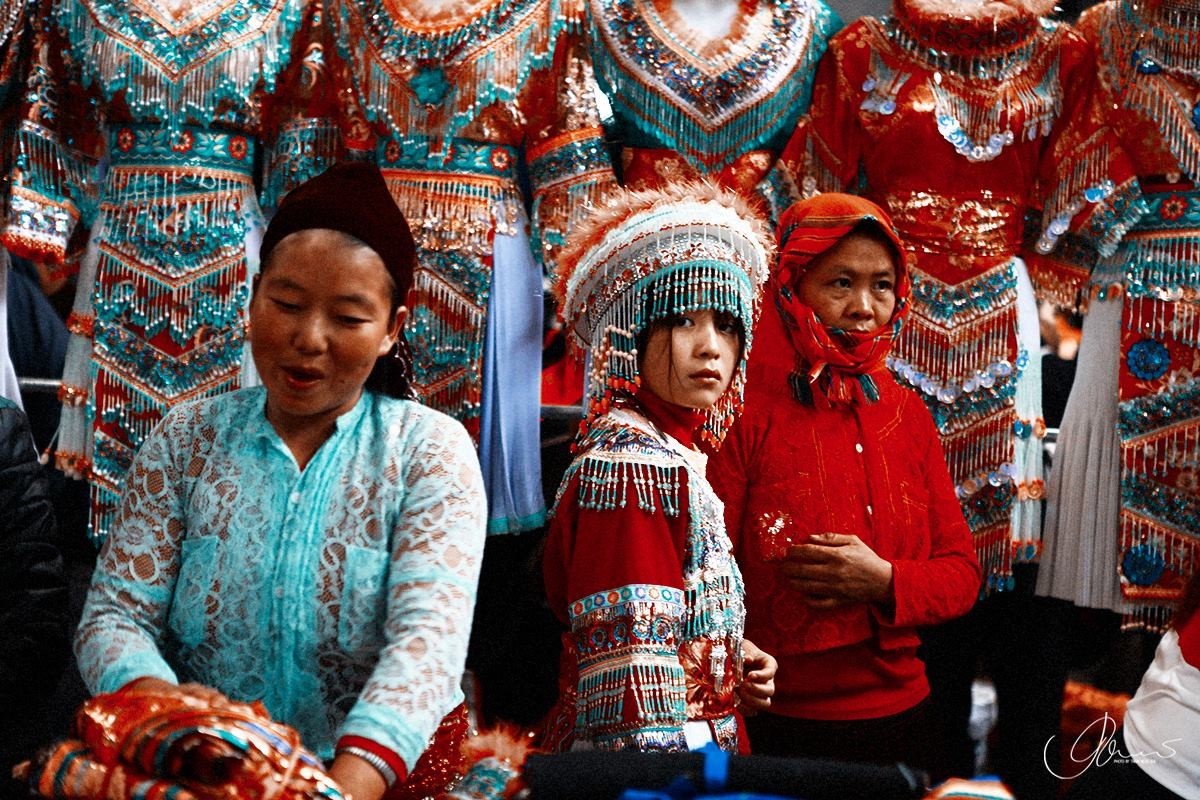
10. Nam Dan Stone Forest
Best time: Late morning when sunlight filters through the trees.
Tip: Ideal for cultural portraits or rustic-style wedding shoots.
In Quan Ba district, Nam Dan’s limestone spires loom over a tiny Hmong village. This spot is perfect for portraiture and documentary photography: ask polite permission, then frame your subject against the rugged “rock forest.”
11. Pho Bang Terraced Fields
Best time: August–September during golden harvest season.
Drone tip: Fly from the village toward the terraces to capture the entire rural landscape.
The golden fields with fragrant, heavy rice grains will enchant your soul, making this an ideal check-in spot.

12. Hoang Su Phi
Best time: October harvest season.
Tip: Use a telephoto lens to compress the layers of terraces, creating a golden wave effect.
Famous for the most beautiful terraced fields in Ha Giang, guaranteeing you the most magnificent mountainous photographs.
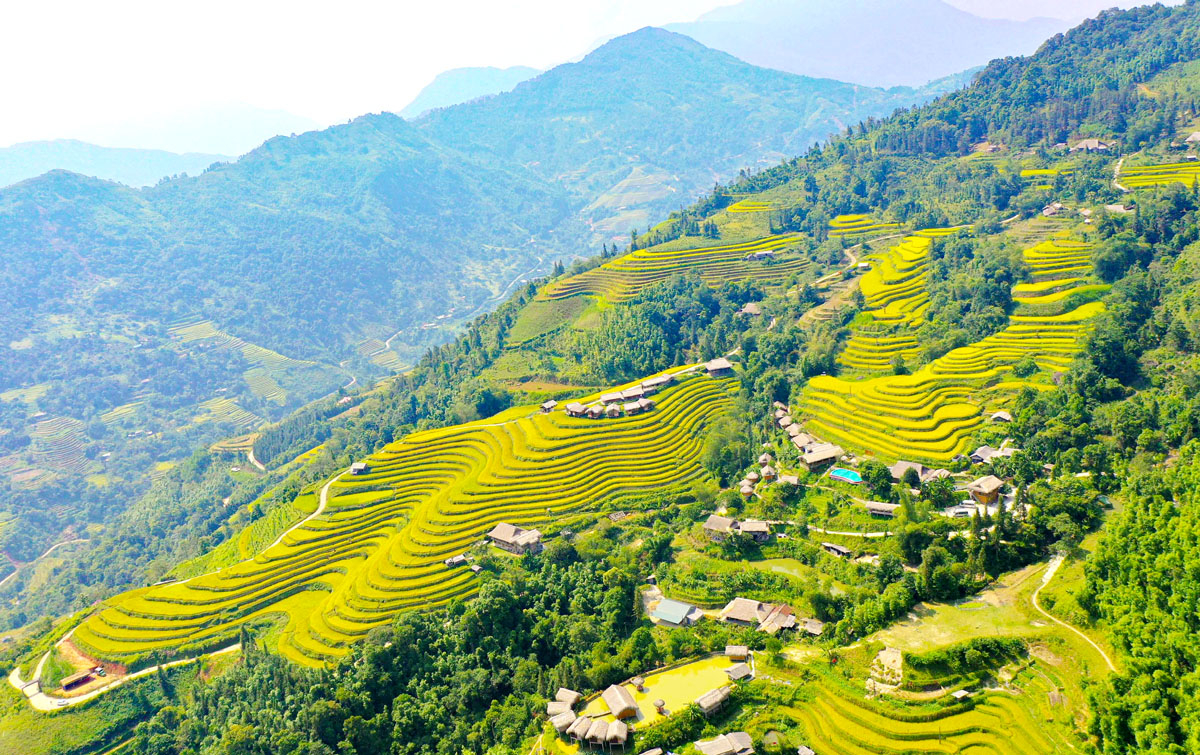
Golden Hour Photography Tips in Ha Giang
Golden hours: 6–8 AM and 5–7 PM.
Tip: Arrive at least 20–30 minutes early to set up, experiment with angles, and wait for the first or last rays of sunlight. That’s when you’ll capture those “wow” shots to share with everyone!
Capturing People & Local Culture
Always ask politely and smile: “Tôi chụp ảnh được không?” ( Can I take a photo?)
Photograph daily activities: pounding rice, flax weaving, cooking thang co, drinking corn wine… Capture what impresses you most.
Prefer 50mm or 85mm lenses for soft backgrounds and subject isolation.
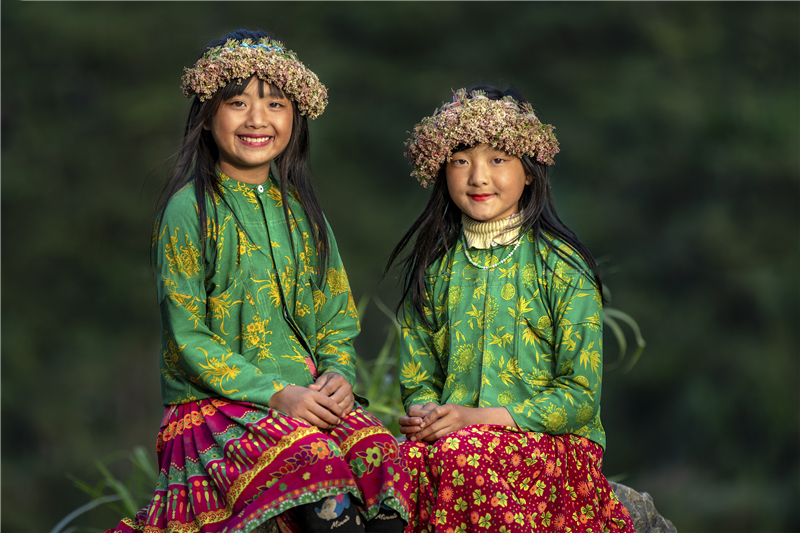
Recommended Photography Gear
DSLR/Mirrorless camera + 24–70mm lens
Wide-angle lens 16–35mm
Tripod & ND/PL filters
Drone (DJI Mini 3, Mini 4 Pro…)
Waterproof bag, spare batteries, lens cleaning cloth
Drone Tips for Ha Giang
Keep at least 50 m away from people and vehicles.
Do not fly near military or border areas.
Check weather and battery before flight.
Always follow aviation safety regulations.

Suggested 4-Day Ha Giang Loop Photography Itinerary
Day 1: Ha Giang – Quan Ba – Yen Minh
Day 2: Yen Minh – Pho Bang – Dong Van
Day 3: Dong Van – Ma Pi Leng – Meo Vac – Du Gia
Day 4: Du Gia – Bac Me – Ha Giang
Conclusion
The Ha Giang Loop is not just a photography journey – it’s an opportunity to slow down amidst mountains, sip a cup of corn tea, chat with locals, and let the rocky ranges tell their stories.
Don’t just bring back beautiful photos – bring back memories, encounters, and a new perspective of Vietnam.
Experience this incredible trip with Lazy Cat Homestay!
